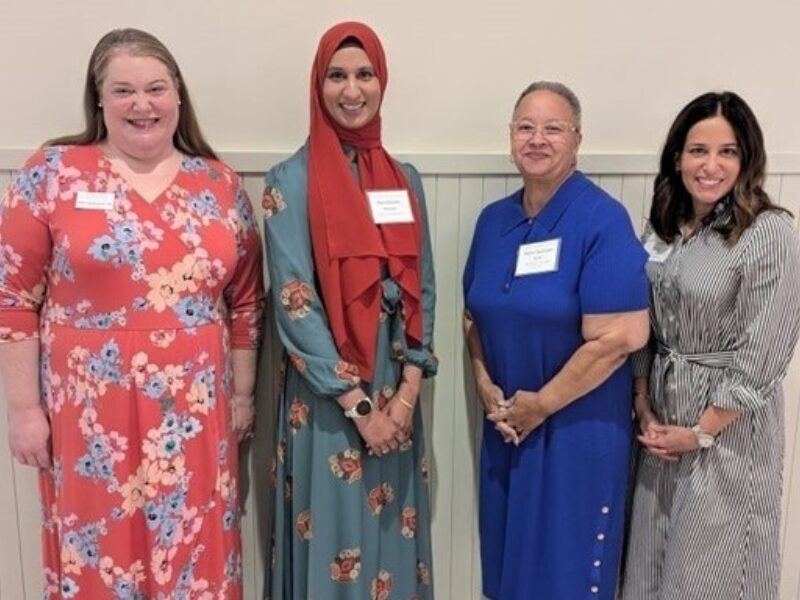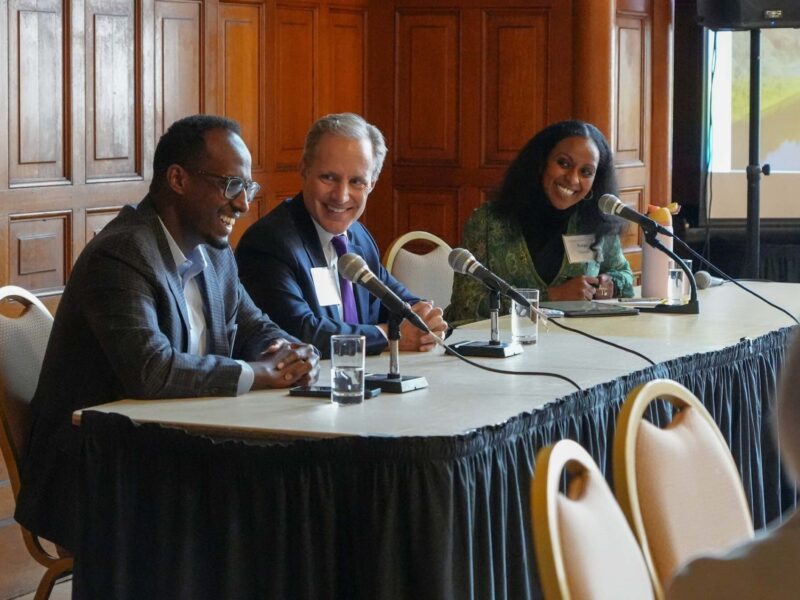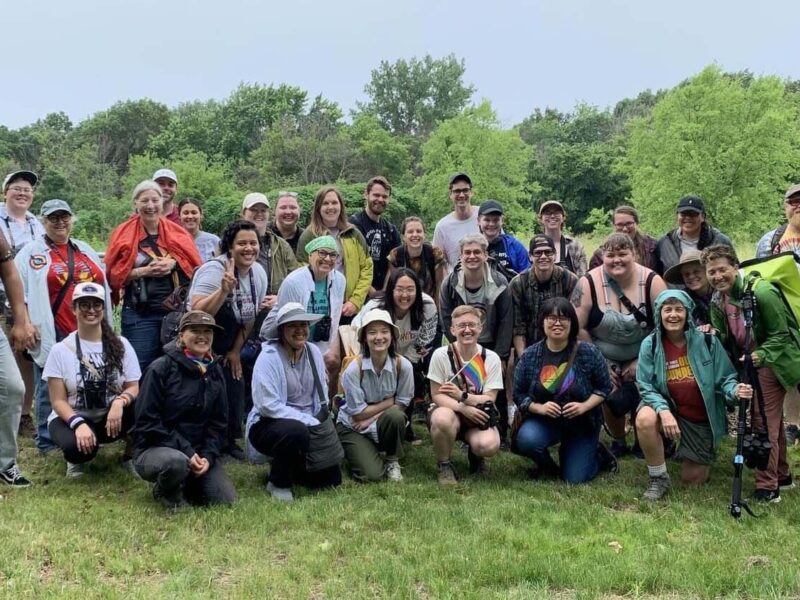Senior Vice President of Philanthropic Services shares current charitable giving trends.

By Jeremy Wells, Senior Vice President of Philanthropic Services
Charitable giving is a personal choice, and at the Saint Paul & Minnesota Foundation we pride ourselves on learning what matters to you most. Our team works with over 2,000 donors, just like you, to understand their charitable interests and support their philanthropic journeys.
We also have a deep understanding of the needs of our nonprofit sector, which allows us to support you in identifying the areas where you can make the most impact. This knowledge has provided us with insight on giving trends both locally and nationally.
Here are four emerging trends in philanthropy that I anticipate we will see in 2024.
- After two years of a decline in giving, contributions will go up.
- More donors are leveraging non-cash assets to give.
- Planned estate gifts are increasing.
- New donors, including younger generations, are driven by impact.
After Two Years of a Decline in Giving, Contributions Will Go Up
We saw record-breaking giving in 2020 and 2021 in response to the COVID-19 pandemic. There was deep need across the nonprofit sector and people really stretched their giving in some meaningful ways.
In 2021 we granted $107 million to communities across Minnesota through our annual grantmaking and grants recommended by our donors.
While we saw an increase in giving during those two years, in 2022, charitable giving nationally declined by 6.4% due to inflation, stock market volatility and the stagnation of disposable personal income. A decline in giving continued to be a trend in 2023.
Despite these challenges over the last two years, we anticipate a resurgence in charitable giving this year. I expect to see continued growth in people’s generosity, both in their time and treasure. When it comes to charitable giving, we have seen a growing number of philanthropists who plan on giving to and growing their donor advised funds. Reasons include a rebound in the stock market and real wages being up nationally.
More Donors are Leveraging Non-cash Assets to Give
The use of non-cash assets can be a great way for donors to support their charitable giving. Non-cash assets can include gifts such as real estate, business interests and agricultural assets. More donors are giving because they have learned that they can give more if they consider donating assets beyond cash. I think growing awareness around non-cash assets will continue to contribute to the increase in giving, and nonprofits will be the beneficiaries of that.
One example includes a recent donation made by Glen Taylor, owner of the Minnesota Timberwolves and chairperson of Taylor Corporation. Glen has generously donated $172 million worth of farmland to the new Taylor Family Farms Foundation to support southern Minnesota – a place where he has deep roots. The income generated from this land will be used to support rural communities.
The Saint Paul & Minnesota Foundation is one of three community foundations that will support the distribution of these funds, in partnership with the Taylor Family Farms Foundation, to local communities. We look forward to working in collaboration with these partners to realize the Taylor family’s vision.
Other assets such as a family cabin or shares in a private company can also be donated — resulting in a potential tax benefit for donors and providing vital funding for nonprofits. Our staff has a lot of experience handling these types of complex assets, giving donors additional opportunities to support their favorite causes.
Planned Estate Gifts are Increasing
We anticipate a greater interest in donors thinking about their philanthropic legacies, particularly looking at how a community foundation can serve as their trusted partner for charitable giving after they pass. Since the pandemic, we have been having more thoughtful conversations around planned giving and charitable legacies.
These planned gifts or legacy gifts are likely to be the largest gifts that individuals will ever make and possibly the largest gifts some nonprofits will ever receive. Charitable giving through a will or testamentary fund continues to be a way for donors to involve their families in the organizations and issues they care about. In the future, we expect to see more people use philanthropy as a path to engage the next generation in the value of giving.
New Donors, Including Younger Generations, are Driven by Impact
We’ve seen consistent growth in the number of funds opened by donors at the Foundation. I expect to see philanthropists, particularly newer philanthropists, continue to ask great questions. And by newer, we don’t necessarily mean younger. We see people of all ages finding new and innovative ways to express their philanthropy.
Minnesotans are consistently generous with their time, which is also a national trend, especially amongst younger generations. We are having more conversations with the children and grandchildren of our current fundholders about ways to engage them in giving, which may look different than their parents.
Younger generations are showing a real interest in making a difference in their community. This includes an increased interest in impact investing. They are giving to organizations in ways that focus less on charitable tax deductions and more on mission-driven values, like supporting the local community center where they volunteer or their local food bank.
We also anticipate an influx of new donors who may be influenced by the emergence of new giving opportunities for issues that hit closer to home like supporting their neighbor who lost a home, or the recreation center they frequented as a kid.
Interested in growing your philanthropic giving or legacy? Contact one of our Philanthropic Services team members to start the conversation at 651.224.5463 or at philanthropy@spmcf.org to learn how to incorporate some of these trends into your giving plan.
Jeremy R. Wells serves as senior vice president of Philanthropic Services at the Saint Paul & Minnesota Foundation, Minnesota’s largest community foundation. In this role, Jeremy serves as the chief fundraising and donor stewardship strategist. Jeremy has spent his entire career working in philanthropy. He holds both a master’s degree in philanthropy & development and his CFRE certification. Jeremy is an adjunct faculty member at the University of St. Thomas and is a frequently requested speaker and author on a variety of philanthropic topics, including development planning, utilizing volunteers, donor engagement, stewardship, ethics and charitable gift planning.
This post was originally published on Feb. 4, 2020, and updated on March 4, 2024.









